|
|
King of the battlefield: a Vickers machine gun, along with the German Maschinengewehr 08, which caused some 90% of the 60,000 British casualties. On the first day of the Battle of the Somme in 1916, the crews were given short thrift when captured. This machine gun has been mounted on a motorcycle side car to give greater mobility.
British ”Tommies” struggle through the cloying mud with an injured comrade, gas respirators are prominent on their chests. Soldiers ironically called this Third Battle of Ypres ”Passiondale or Passchendaele”.
The desolation in this photograph, was repeated on every battlefield in France, it could have been taken almost anywhere. The size of the crater was probably the result of a mine explosion.
A concept of First Lord of the Admiralty; Winston Churchill, the first tanks were called His Majesty’s Landships. Perhaps a hint to the enemy so they were given a code name reflecting their shape and became known as ”Tanks”
The rear tank in the photograph appears to be a ”female”; ”male” tanks were armed with 6 pounder guns and ”females” with machine guns. Each tank carries a ditching ”beam” in case of bogging down in trenches or shell craters. On a sombre note the tanks pass a German casualty ignored at the side of the road.
Human horsepower moves this large howitzer somewhere in France. The narrow gauge railway over which the gun is moving, may have been too much for the small locomotive.
Agraph studio photograph of two young soldiers; believed to be Robert and Richard Locker (standing) 4th Yorkshire Regiment. Both lived at 4 High Row, Loftus and are listed on the Loftus cenotaph. Another brother Thomas served and survived the war. From the cap badge the seated soldier is a member of the Yorkshire Regiment (Green Howard), the standing being a member of the 4th Regiment (West Yorkshire). Can anybody assist with a positive identification? Mike Hopper advises: “My gran’s sister married a Locker and lived at no. 4 High Row. Her maiden name was Partlett and had a son called George Locker.”
Image courtesy of a friend of the ECIA; thanks to Mike Hopper fro the update.
The parade led by the band, marches past the monumental masons on Zetland Road. The masons in France would be kept busy for many years. This is a further photograph from George Skilbeck; he must have had assistance and proves how important this event was to all communities throughout Great Britain.
Image courtesy of Joyce Dobson and Keith Bowers.
The first of several postcard views of the Peace Celebrations in 1918; this double view is of Zetland Road (probably viewed from George Skilbeck’s upper front room). The parade is believed to have finished in the Foulsyke area. Many of the women in these two George Skilbeck photographs of the parade to mark the Armistice, would have little to celebrate. The event for some would be tinged with sadness.
Images courtesy of Joyce Dobson and Keith Bowers.
Having survived the War, Lancelot Wilson is now married to Rhoda, and looking forward to discharge from the Army. A happy conclusion to the series of postcards we have placed on the site.
Postcard courtesy of Howard Wilson.
Another postcard from the Great War, the writer states they are the cooks of the section. (Unkindly said to be responsible for more casualties than the enemy).
Postcard courtesy of Howard Wilson.
|
|
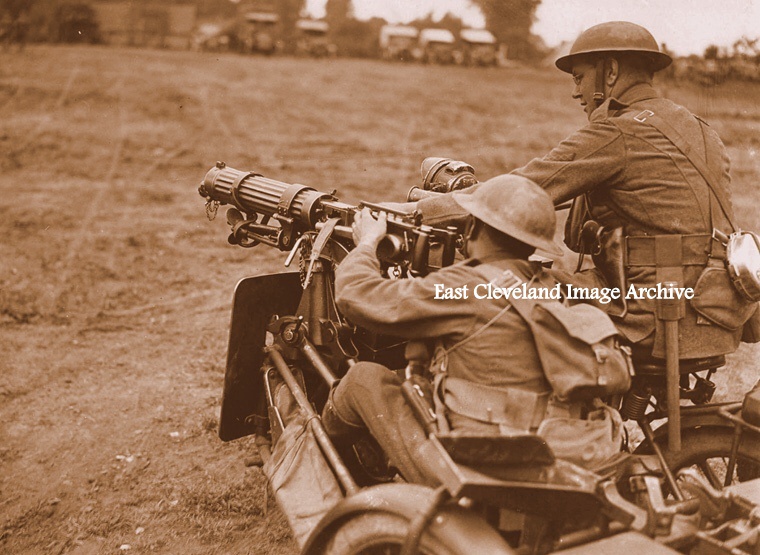
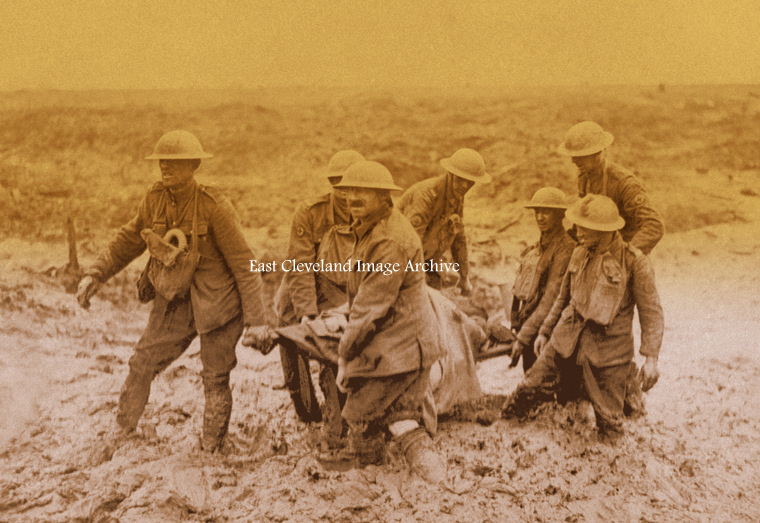
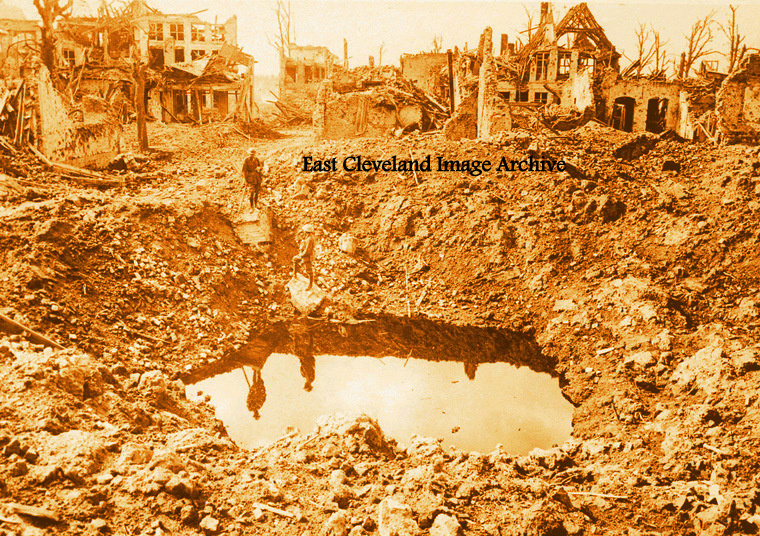
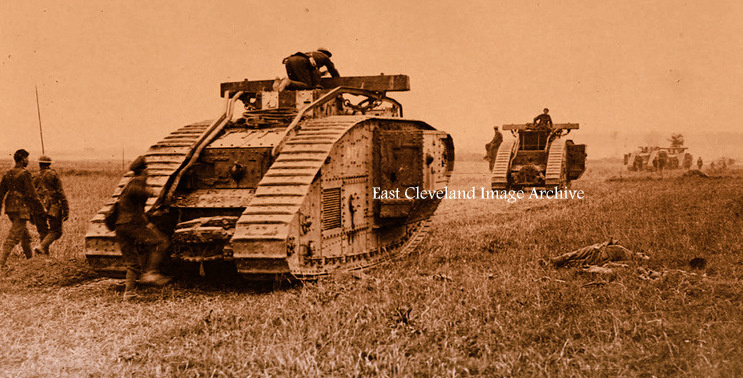
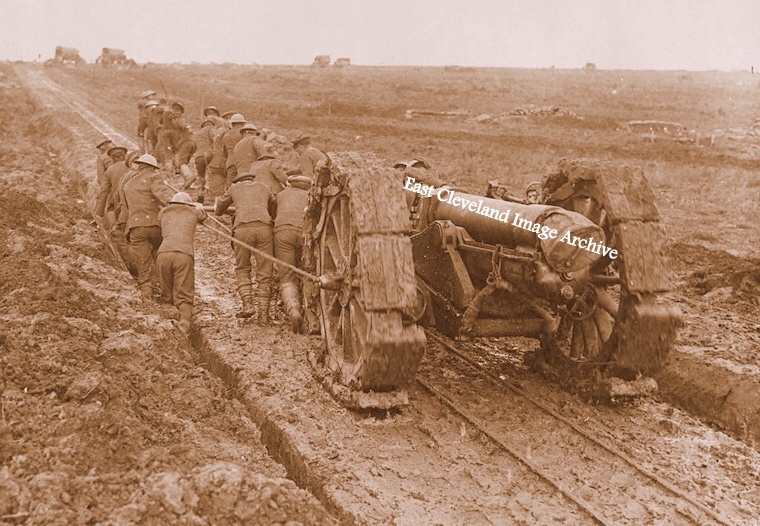
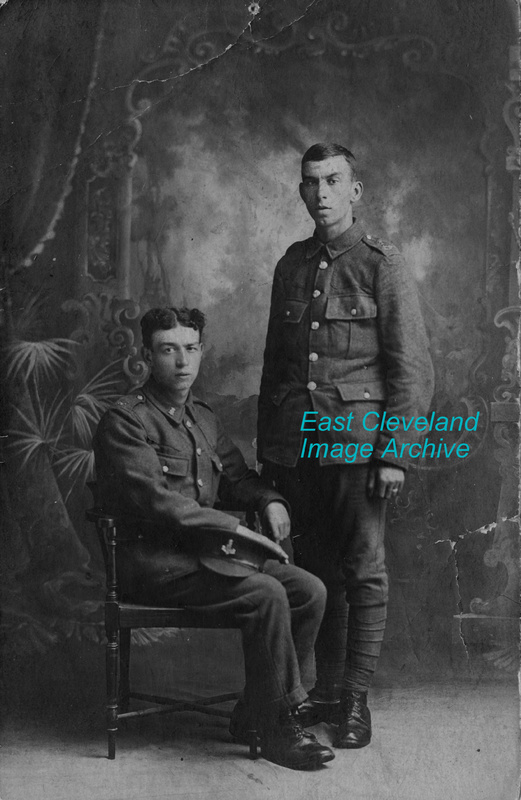
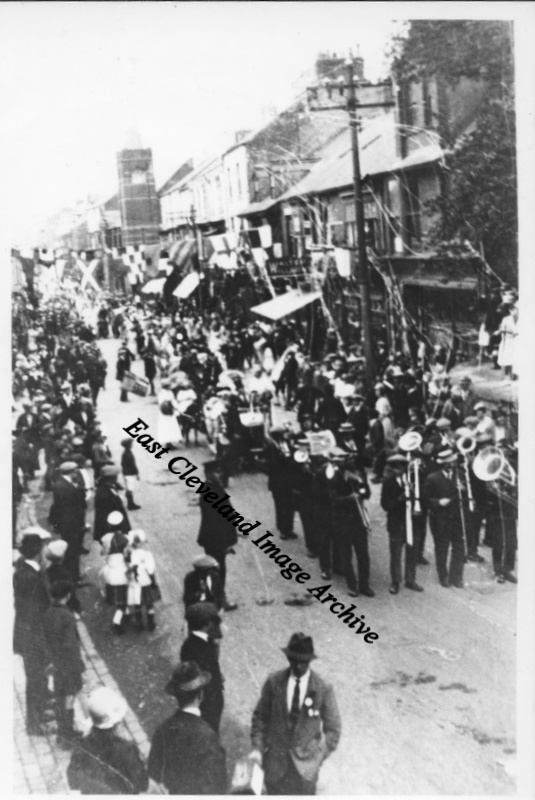
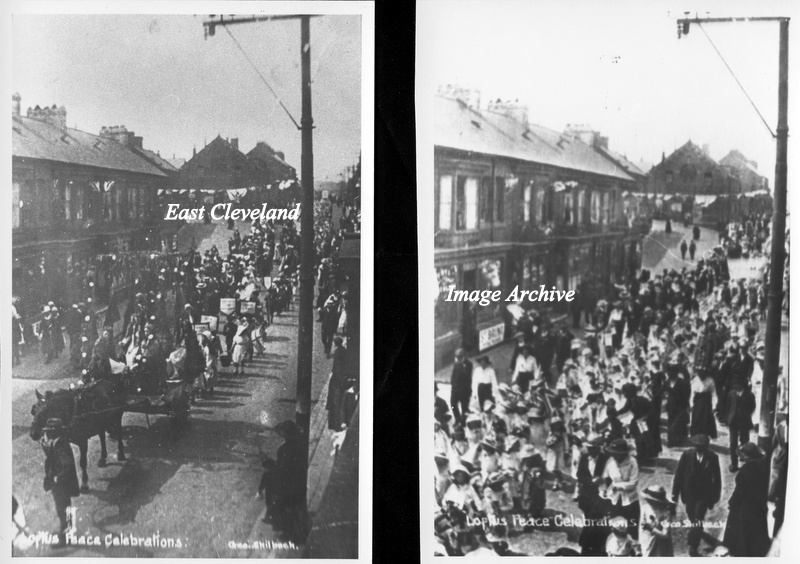
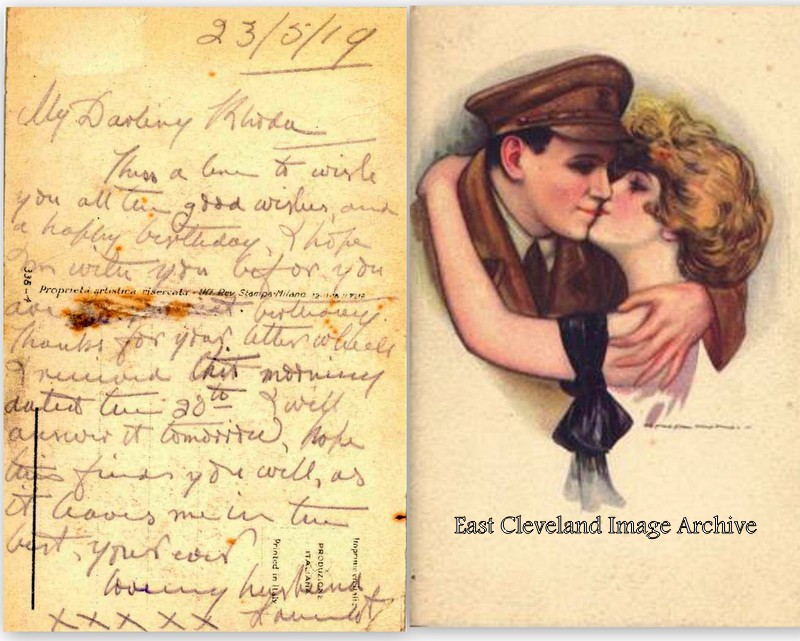
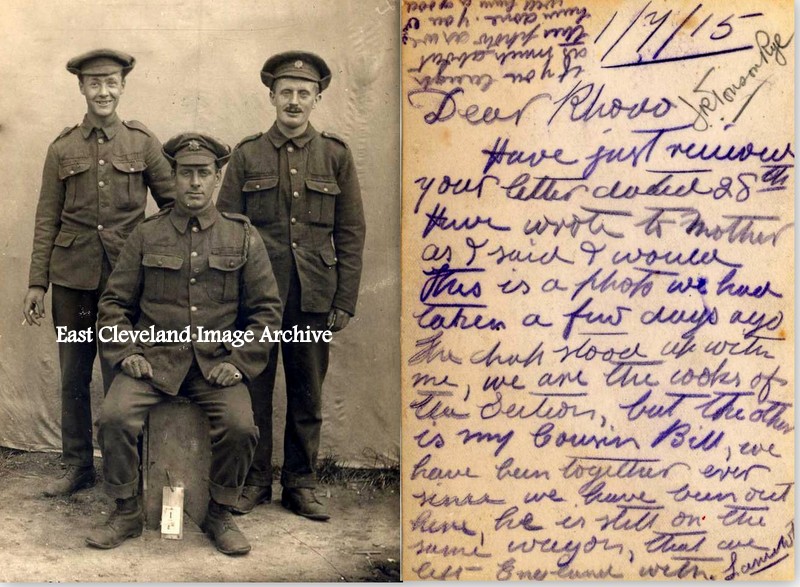
Recent Comments